Morus Rubra (Red Mulberry) - wild seedling in Toronto?
Fuad Efendi
5 years ago
Featured Answer
Sort by:Oldest
Comments (14)
arbordave (SE MI)
5 years agolast modified: 5 years agoRelated Discussions
'Wild' Mulberry Identification
Comments (2)In VA, they only take about 3 years to grow to fruiting size, and then you've got a very tenacious 'weed tree' source. The berries are very tasty, they produce in abundance with absolutely no care whatsoever, and since birds love them too, both you and the birds will get enough to guarantee both jelly/jam and those weed seedlings. They're also tough as nails - really, really difficult to kill if they're growing where you don't want them. The natives can get pretty tall very quickly, too - if they aren't where you want a moderately tall shade tree at full growth, move them soon to a location that you do want a moderately tall tree. Or, you could put one or more in a container and stunt them for ease of harvest - otherwise, get a tall, sturdy stepladder! :-)...See MoreWANTED: red mulberry -morus rubra
Comments (2)Hi flowerstreet, I can send cuttings of a fine fruiting red mulberry. I don't have any rooted just now. I would be very interested in cuttings of your Duchesse de Brabant, Maiden's Blush or Madame Alfred Carriere roses in return. Let me know. Thanks, JM...See MoreRed Mulberry Truncheons
Comments (2)I was about to look up truncheons...then I read a little further. Thanks for the description. I guess I have read about this a while back, but I've never tried it. After seeing sycamore listed, I may just try it. Recently the road crew came by trimming overhanging branches. I asked them to leave limbs for me (from my trees...one of which is a sycamore). I'd planned to make another brush pile, but now, I may just try to get the sycamore to sprout. I'm not sure my soil is consistently moist enough for success, but I guess it can't hurt to try. Thanks to both of you for a new experiment....See MoreWant to buy seeds/seedlings of ten chinese species of mulberry
Comments (1)Morus alba, M. australis, M. cathayana, M. mongolica and M. nigra I know of only five, let us know what the others are. Because of their weedy and agressive nature I wouldn't recommend it. Red Mulberry or Morus rubra is our native one. It is well-behaved and a superior tree. Do a search on the Trees Forum, you will see many negative comments on the Morus alba. Sam...See MoreEmbothrium
5 years agolast modified: 5 years agoFuad Efendi
5 years agoarbordave (SE MI)
5 years agolast modified: 5 years agoblakrab Centex
5 years agoFuad Efendi
5 years agobengz6westmd
5 years agoFuad Efendi
5 years agobengz6westmd
5 years agolast modified: 5 years agoFuad Efendi
5 years agobengz6westmd
5 years agolast modified: 5 years agoFuad Efendi
5 years ago
Related Stories
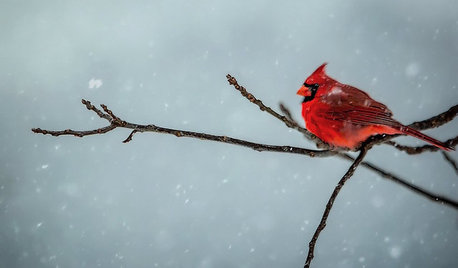
GARDENING GUIDESBackyard Birds: Northern Cardinals in the Snow, and Other Red Birds
Brilliant crimson feathers make these friends stand out in a crowd
Full Story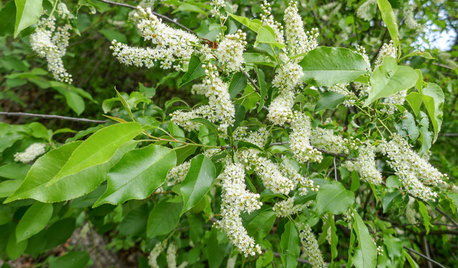
GARDENING GUIDESPlant Black Cherry Trees for the Birds and Bees
Plant Prunus serotina in the Central and Eastern U.S. for spring flowers, interesting bark and beautiful fall color
Full Story


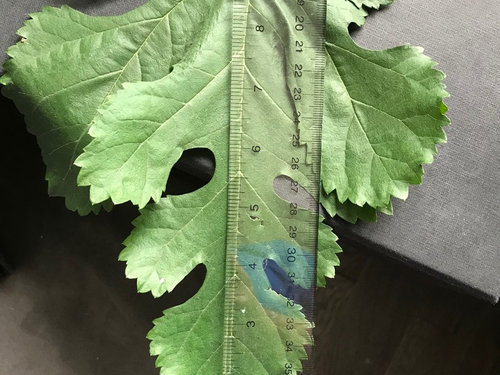
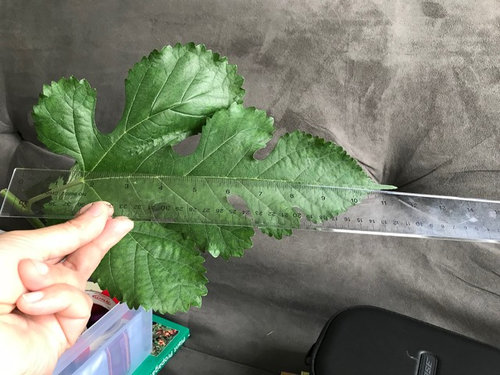
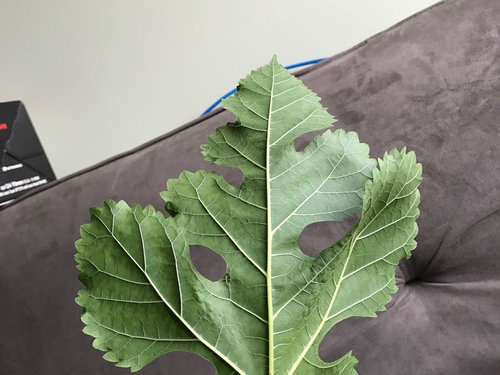
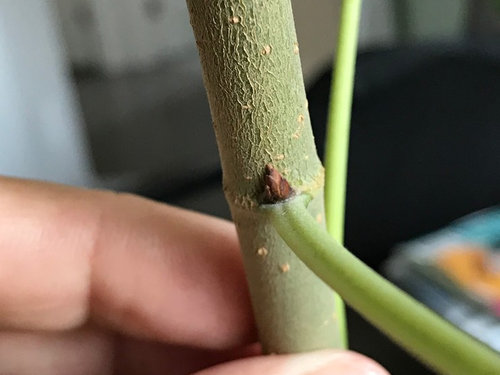
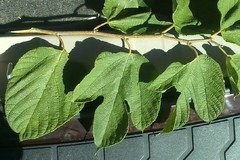
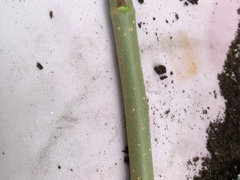

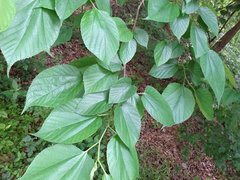
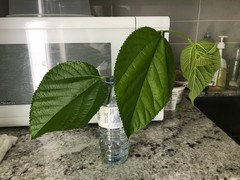
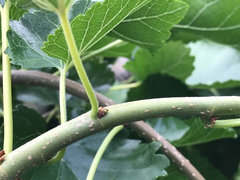
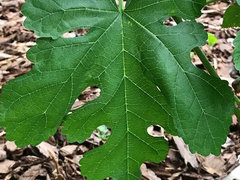



Embothrium